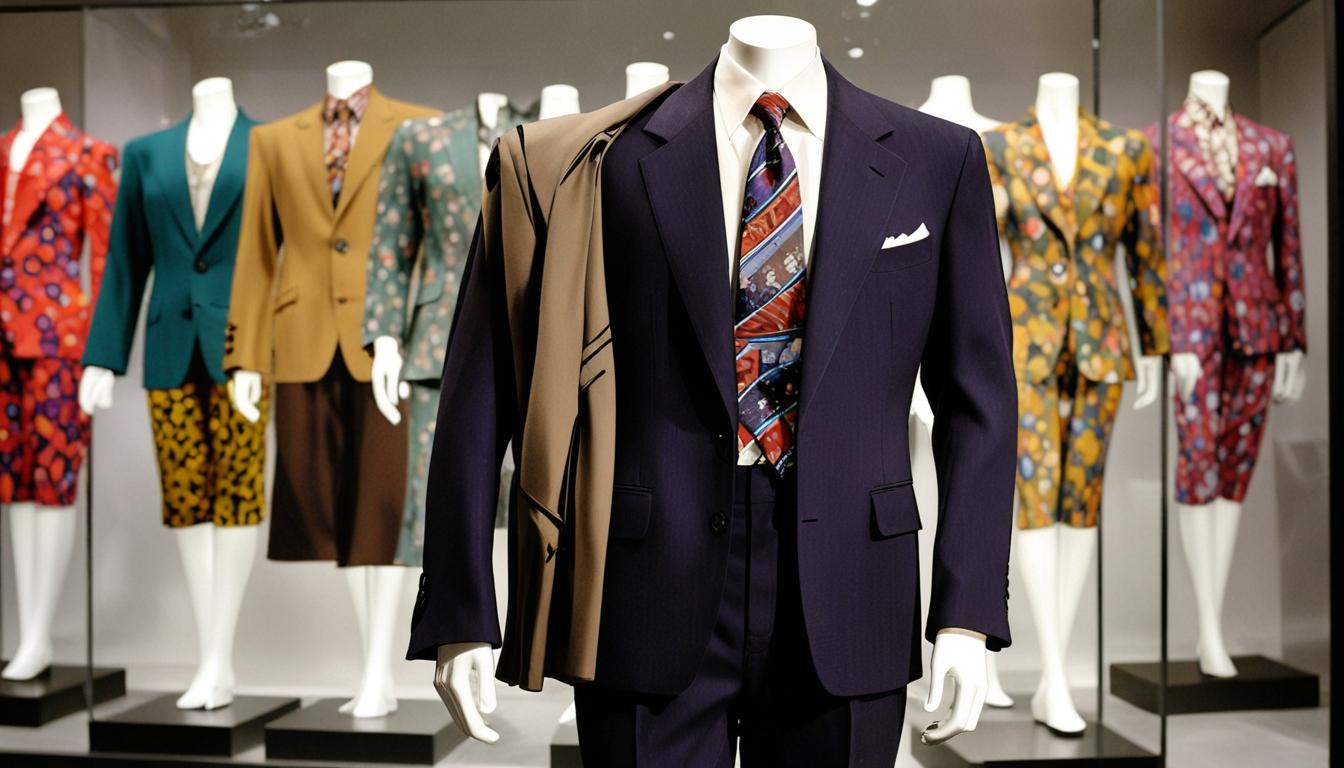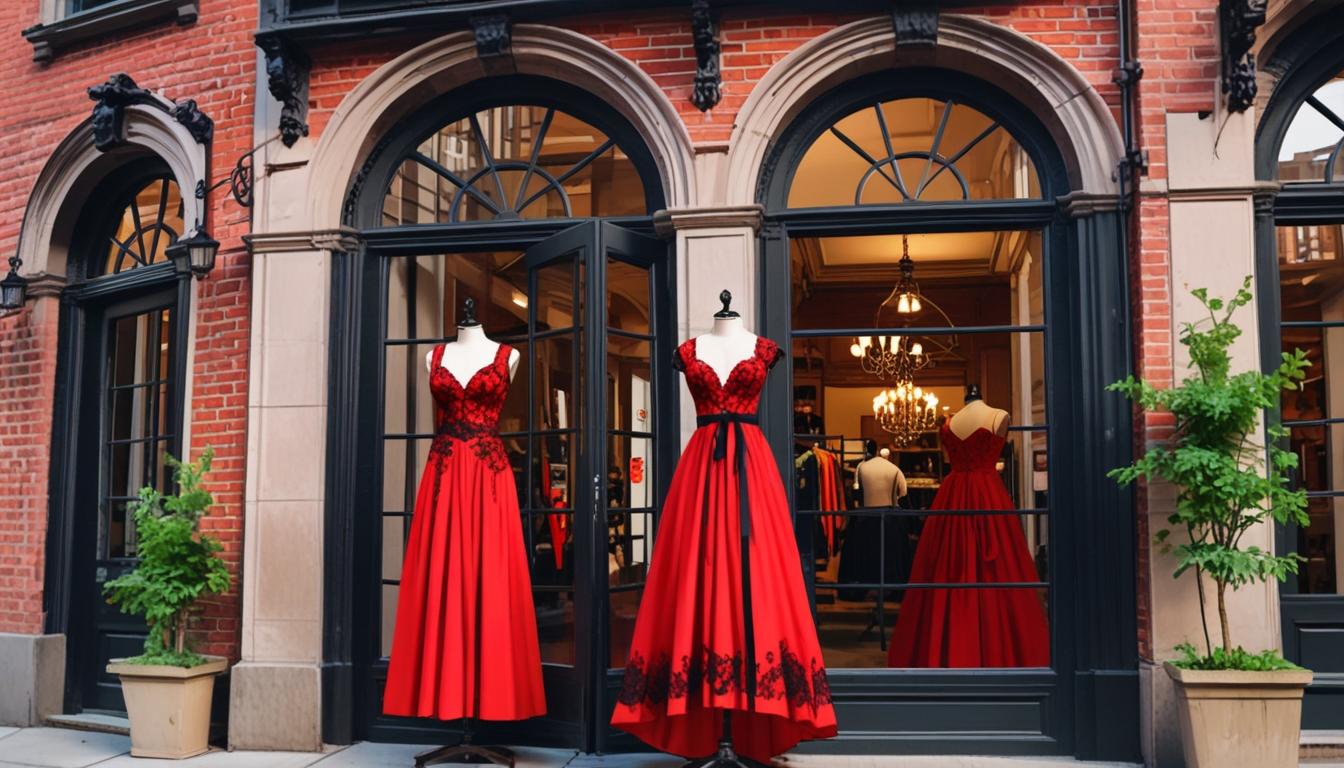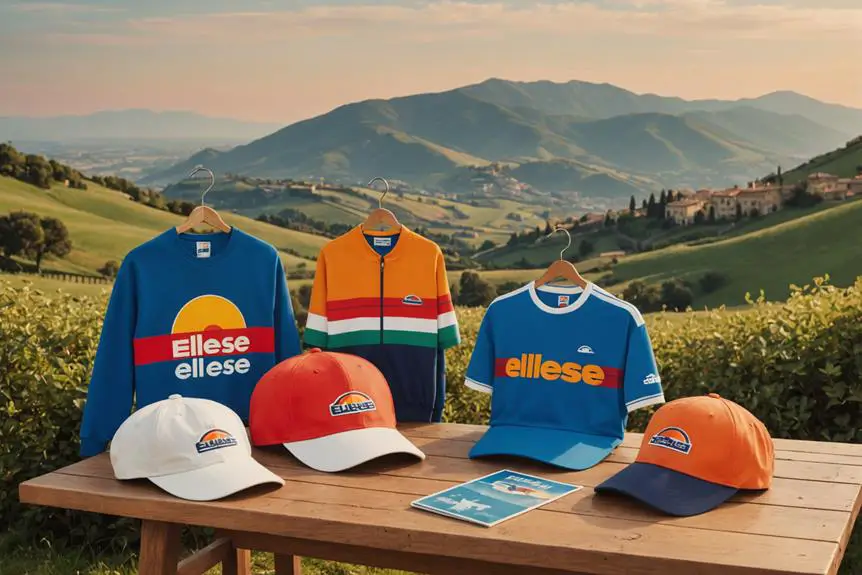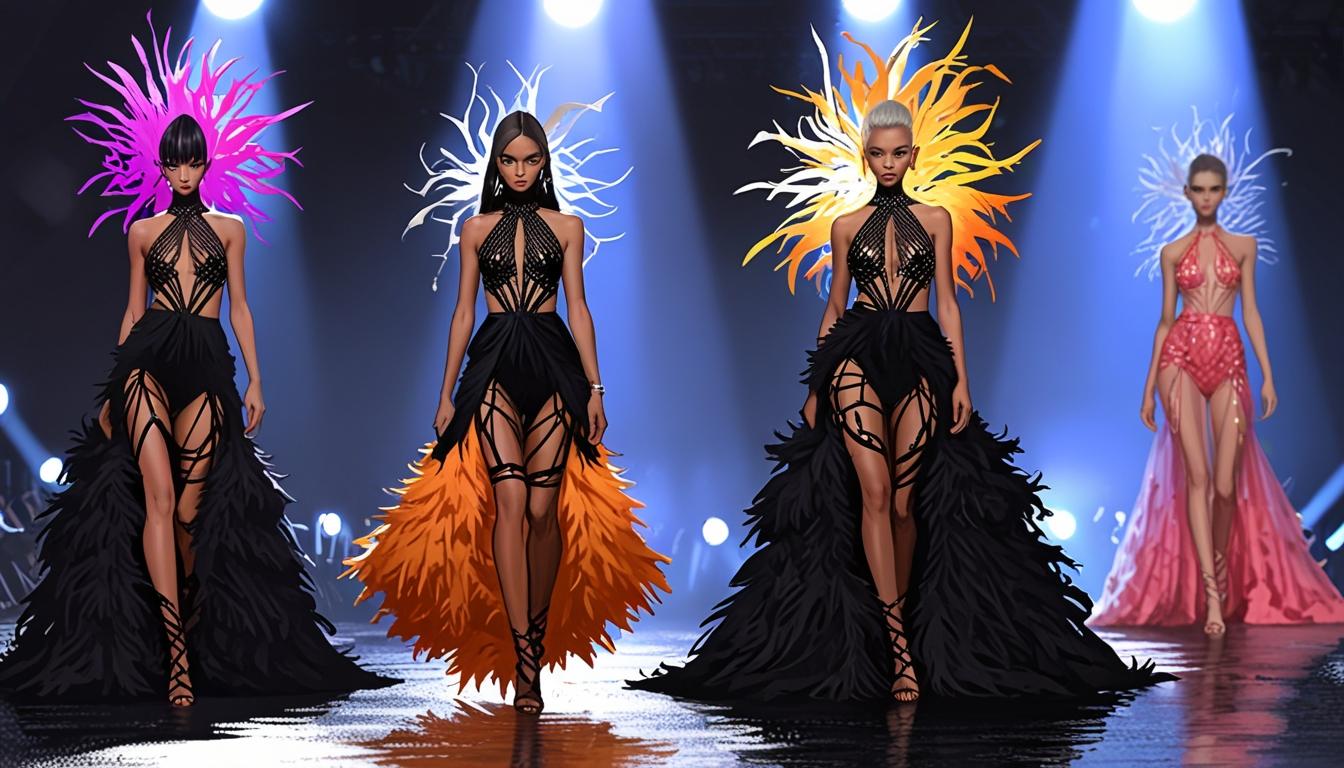The Second Button examines the lasting influence of Giorgio Armani’s designs and offers tips on how to replicate the iconic style in today’s fashion landscape.
In a recent exploration of the enduring appeal of Armani suits, The Second Button delves into the fashion house’s influence and how individuals can replicate its coveted style in 2025. The article highlights the iconic aesthetic that characterized Giorgio Armani’s designs from the late 1970s through the 1990s, noting that while the brand has evolved, its classic look continues to inspire fashion enthusiasts.
Pat Riley, a notable figure in sports, is referenced for his impeccable style, often seen clad in Armani suits, which were tailored to suit his tall, slender physique. However, the article emphasizes that this prestigious style is not limited to specific body types, as evidenced by the cast of “The Fresh Prince of Bel-Air” who also donned these iconic suits, though Riley’s distinctive look is celebrated.
As of 2025, the classic Armani suit appears to be a rarity in contemporary fashion. The article states, “Giorgio Armani’s designs, in 2025, do not strongly resemble the classic aesthetic of the late 70s through the 90s,” indicating a significant shift in the brand’s direction. Unfortunately, no alternative designer or tailoring house is producing suits that mimic the beloved characteristics of the classic Armani style. A recommendation from a friend points to Fred Nieddu of Taillour, a tailor with experience in bespoke tailoring, but the lack of demand for this specific aesthetic limits the options available to consumers today.
Consequently, the article encourages individuals to seek out vintage Armani suits, which remain accessible and affordable. The author outlines the key attributes of classic Armani tailoring, emphasizing features such as drapey fabrics, low buttoning points on jackets, and a relaxed slouchiness that defines the sartorial legacy of the brand. He articulates that the hallmark of Armani’s look is the way the suits hang and fall, achieving an effortless blend of comfort and luxury.
The article further describes the unique aspects of the shirts and ties that complemented the Armani suits, pointing out the prevalence of small collars and light, drapey silk ties that deviated from conventional business attire. The ties often featured abstract patterns in bold colors, in stark contrast to the more traditional, solid ties seen in corporate settings.
For those looking to acquire suits that embody this quintessential Armani style, the article identifies specific labels to consider, including “Giorgio Armani,” “Armani Collezioni,” and “Giorgio Armani Le Collezioni.” It also warns readers away from diffusion lines like “Emporio Armani,” which do not meet the quality of the higher-tier labels, as well as other brands such as “Mani” and “Armani Exchange” that are deemed less desirable.
Moreover, several other fashion houses from the same era are mentioned as potential sources for similar styles, including Canali, Pierre Cardin, and Yves Saint Laurent, each known for their own interpretations of relaxed tailoring.
In conclusion, the author aims to aid readers in navigating the world of vintage fashion, both for aesthetic appreciation and practical acquisition. While many vintage Armani suits can be found within the price range of $200 to $350, the author also shares that there are options available for under $100 for those on a tighter budget, pointing to a rising interest in sustainable and timeless fashion choices through vintage shopping. The insights provided, particularly for paid blog subscribers, are expected to help individuals successfully locate and choose suits reflective of the classic Armani legacy, showcasing an enduring sartorial elegance.
Source: Noah Wire Services




